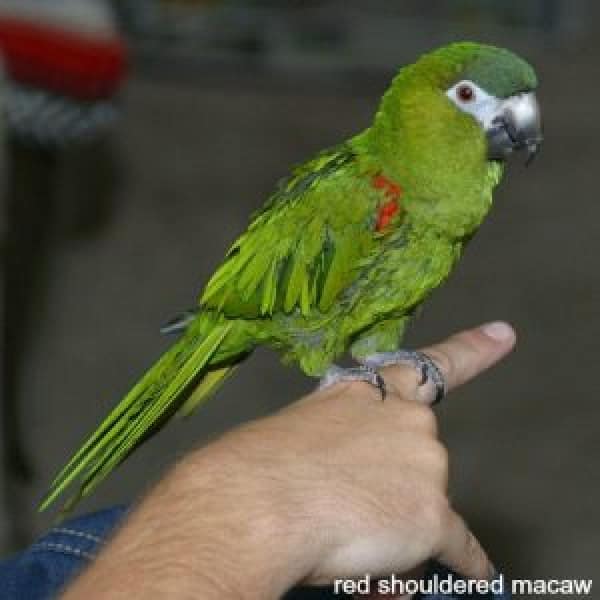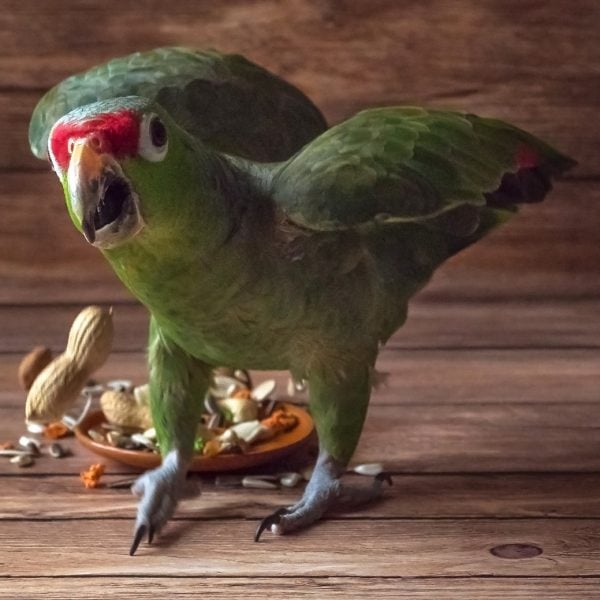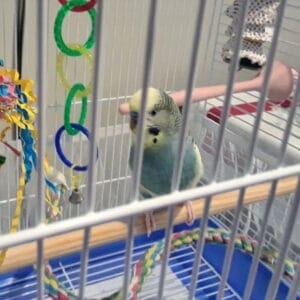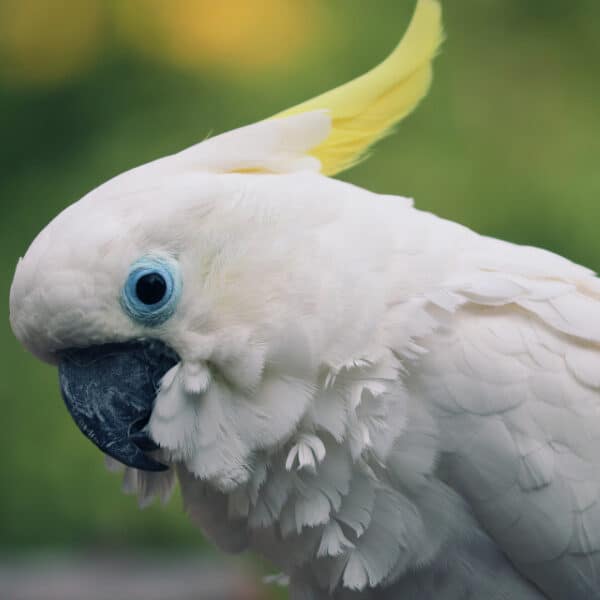Last Updated on by Mitch Rezman
Please don’t get discouraged because of one anecdotal story of stupidity. (See other Quora answers below) People die in car crashes every day but most of us still drive.
Here’s a little back story for you. The ancient Greeks kept parakeets. Not necessarily budgies because the Alexandrian parakeet got its name from Alexander the Great. As the story goes Alexander was gifted one of those around 327 BC
File under more money than brains. We all know how crazy the Romans were but not many people know that they would assign a slave to take care of the family bird which was usually a parrot of some sort.
Not having streaming everything everywhere, a talking parrot was about as entertaining as things got at home.
Only royalty and the folks that had a lot of bucks had birds in Medieval/Renaissance Europe.
Even Chris Columbus back in the 15th century brought back a pair of Cuban Amazon parrots from the New World gifting them to then Queen Isabella of Spain.
About that time canaries started to be bred in captivity but doves were being bred for a sport many years prior. Later, canaries were bred to accompany miners through their mine shafts. When the bird passed out or died the miners knew it was time to get out. Great gig unless you were a canary.
We all might be speaking German now it wasn’t for half a million pigeons employed by the military during World War II.
Thus there’s way more to it than don’t get a bird because it screams. The case might have been in the answer below, the birds merely wanted to get out of the cage.
I’m also going to surmise that its owner was yelling at the parrot which only made the parrot yell more because it was thinking “great, at least she’s talking to me now”!
You’d think after 2400 years we would get captive bird ownership right. Alas, it’s still a struggle. That’s why you have me.
Unfortunately, your question is naïve and understated. Understated in that we don’t know what a “small” family means? Small as in small children or small as in just three of you?
For the sake of argument, I’m going to make some assumptions. It’s just the three of you which includes a small child. In general small children don’t interact well with birds because of a bird’s skepticism about anything.
A quick bite to the finger or landing on the head of a small child can ruin the relationship for both. That said I would strongly encourage starting with a smaller bird like a budgie or a cockatiel, keeping in mind both birds are still considered hook bills and can bite quite hard.
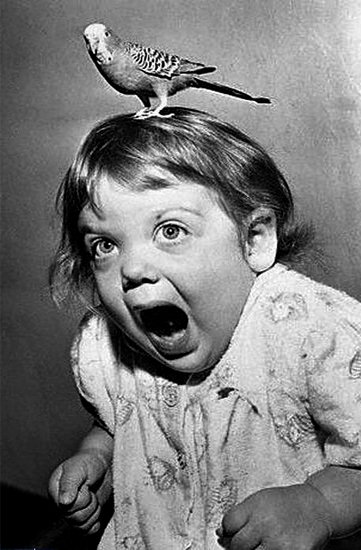
Our rule of thumb is bigger bird bigger brain or as I like to say it bigger bird more horsepower.
The decision is certainly yours. To address the “naïve” part of your question, it is opaque to me that more bird owners, let alone the general population don’t know there are about 43 species of macaws plus or minus depending upon the hybrid species you include in the count.
When people hear the term “macaw” they usually visualize a blue and gold macaw or a Green wing macaw with an average of 1100 g and 1300 g respectively. Their beak to tail length can be up to 36 inches.
Enter the red shoulder macaw. This includes noble and hahns macaws which look very similar but nobles have larger beaks with the upper beak being beige while the lower, black.
A hahns macaw usually has a solid black beak and somewhat of a beige color along its cere (nostrals). More importantly as a counterpoint to the bigger macaws, hahns and nobles are usually about 12 to 14 inches long and weigh hundred 90 to 200 g making them about the weight of a caique but with a longer tail.
I’ve handled one but never owned one. I’m told that they are pretty low key, engaging and clown like similar to caiques but just not as physically active. The downside is that they can get quite loud making them a poor choice for apartment dwellers.
They can also get nippy as they get older which needs to be addressed early on. We advocate clicker training which is very inexpensive, doesn’t take a lot of time and is quite effective encouraging good behaviors.
They should be fed a commercial bird food be it pellets, seeds with added vitamin enrichment to ensure enough protein is being introduced to satisfy their need for amino acid production responsible for the 5000 to 8000 feathers on a typical parrot.
They can live to be 50 years old or more if well cared for. So please take some time to review your choice before pulling the trigger because we hate seeing more birds ending up in rescues.
Other answers from Quora on the question What type of macaw makes the best pet for a small family?
Michelle Callard-Stone, Top Writer ’17, Scientist, Animal Whisperer
“None. They’re wild animals, and they make terrible pets.”
“They scream a lot, and loudly. They also have strange dietary needs… And they like to bite, with a beak that can easily puncture shoe leather (2,000 lbs per square inch, roughly).”
(Hey Michelle – it’s about 350 psi but they can chew through solid metal given the time)
“A friend had a young scarlet macaw that was smuggled from Mexico. She loved the bird, but hated the screaming. She used a squirt bottle filled with water to silence the bird… But one day it wouldn’t stop screaming… She went over, squirting it furiously and shook the cage. The bird fell to the floor of the cage and broke a wing.”
Tragic.
Don’t buy wild animals and try to make them pets.
Just don’t.
133 Views · 1 Upvote · View Timeline
Paula Stone, Becoming a wildlife rehabilitator in the spring! Been training for 2 years now.
There is no macaw that works well for all families. I would go to a parrot rescue and talk to them about it 🙂
Written by Mitch Rezman
Approved by Catherine Tobsing
Your Zygodactyl Footnote
Author Profile
Latest entries
 The Traveling BirdJune 26, 2025Can You Name 5 Parrot Species That Are Living Wild in the USA?
The Traveling BirdJune 26, 2025Can You Name 5 Parrot Species That Are Living Wild in the USA? Bird BehaviorJune 26, 2025How is it Parrots Are Problem Solvers Social Animals and Even Use Tools?
Bird BehaviorJune 26, 2025How is it Parrots Are Problem Solvers Social Animals and Even Use Tools? Bird & Parrot AnatomyJune 25, 2025How a Tiny Chemical Modification Makes Parrots Nature’s Living Paintings
Bird & Parrot AnatomyJune 25, 2025How a Tiny Chemical Modification Makes Parrots Nature’s Living Paintings PigeonsJune 20, 2025How Do Parrots Thrive in Cities Outside Their Native Habitats?
PigeonsJune 20, 2025How Do Parrots Thrive in Cities Outside Their Native Habitats?
